Format: Photographs
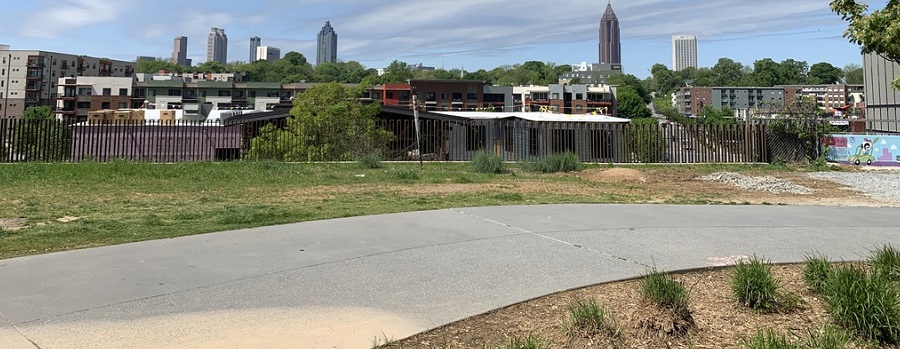
Beltline: A History of the Atlanta Beltline and its Associated Historic Resources
Prepared by the Spring 2006 Preservation Planning students. This project, developed in a collaborative effort by the Atlanta Urban Design commission and GSU students, was...
Read More

Out in the Archives: Gender and Sexuality Collections at Georgia State University
Highlights aspects of Atlanta’s LGBTQ+ history that are most fully documented by GSU Archives & Special Collections. The Gender and Sexuality Collections at Georgia State...
Read More

Bridging Communities: 50 Years of Collecting at Georgia State University
Founded in 1913, Georgia State University grew as it supported the educational needs of Atlanta and the state of Georgia. Originally an evening program intended...
Read More
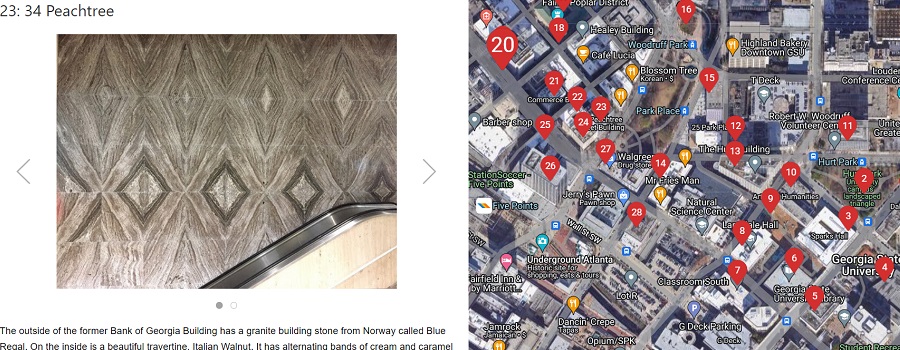
Atlanta Geology Walking Tour
Granite, limestone, and marble building stones are found in a 20-block area that is centered around the beginning of Peachtree Street. These three commercial types...
Read More
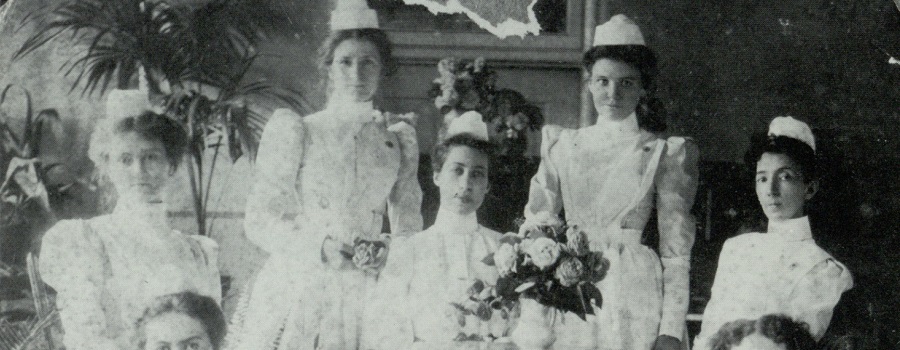
The Art of Nursing & Caring for the Sick and Afflicted: The Grady School of Nursing Legacy
In commemoration of the 120th anniversary of the founding of the Grady Memorial Hospital School of Nursing. The Grady Memorial Hospital School of Nursing, chartered...
Read More
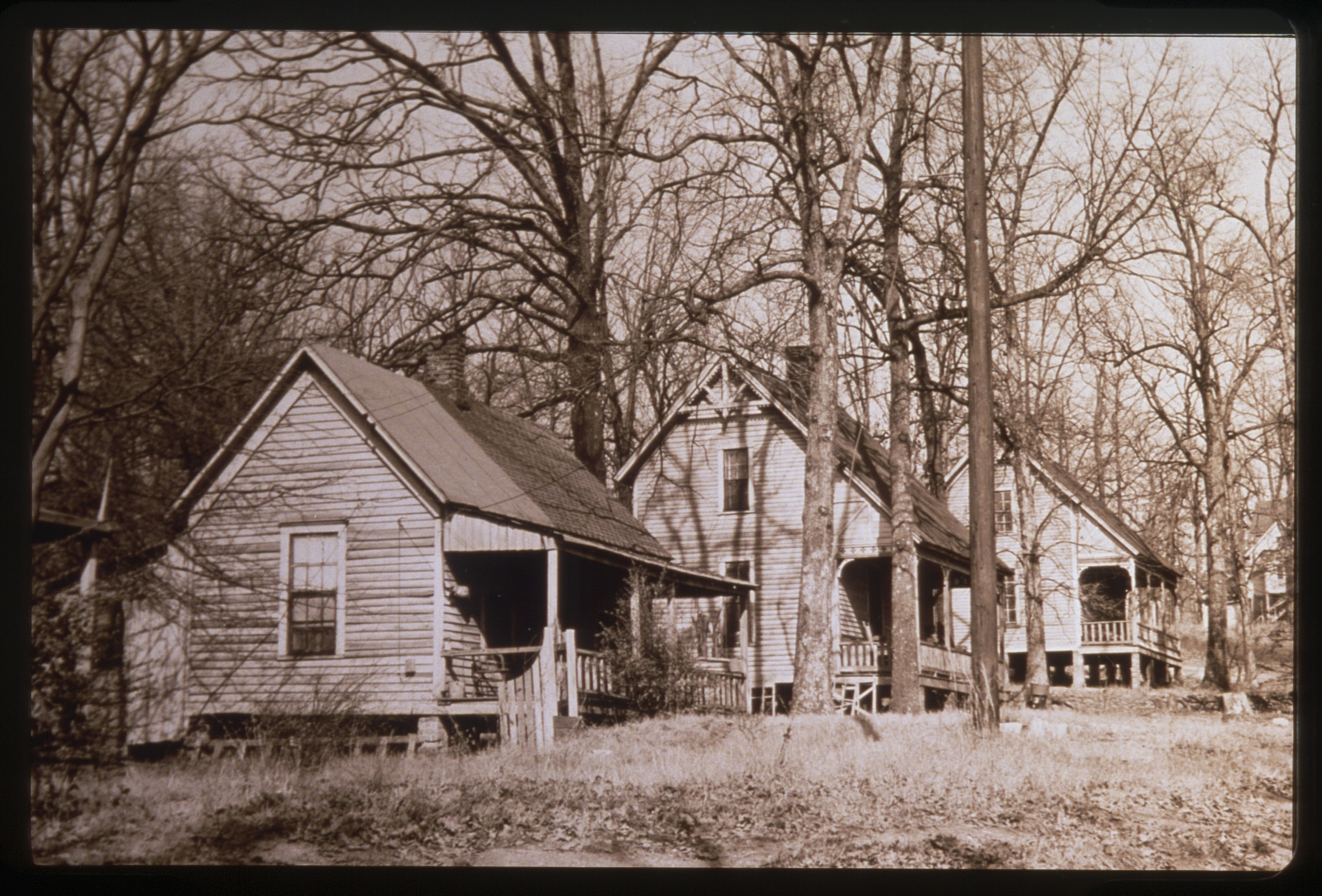
Black Neighborhoods and the Creation of Black Atlanta
Black Neighborhoods and the Creation of Black Atlanta explores the history of Black neighborhoods in Atlanta. It provides an overview of several of these neighborhoods: Summerhill,...
Read More
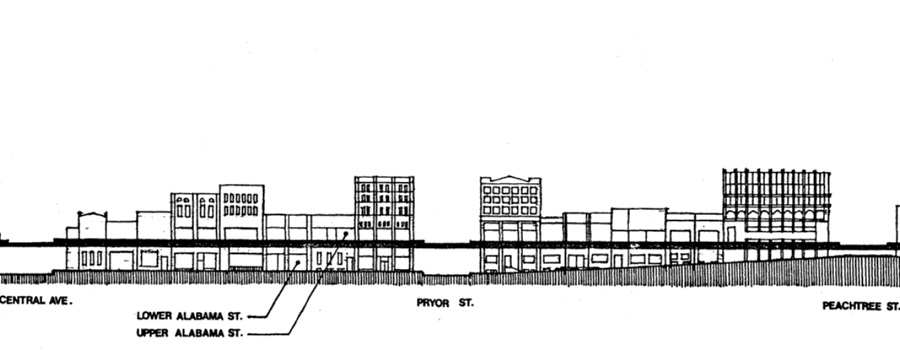
Underground Atlanta Historic District Nomination
National Register of Historic Places Inventory nomination form submitted in 1980. Originally, the two-and-a-half-block area of the Underground district was a part of the larger...
Read More

Single-Family Residential Development in DeKalb County, 1945-1970
Focused on suburban residential developments in DeKalb County, Georgia between the end of World War II and 1970 in order to better understand the transformation...
Read More

Heritage Preservation Projects, 1991-Present
The Digital Archive of the Heritage Preservation Program (HPP) available in ScholarWorks @ Georgia State University is a compendium of student projects produced under the...
Read More
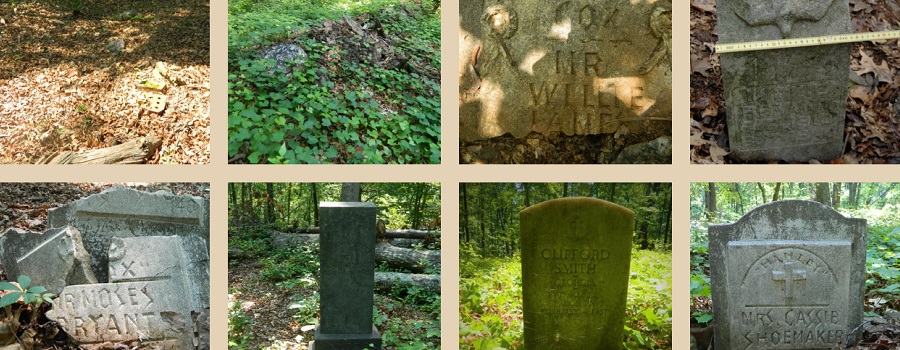
Flat Rock Cemetery Project
Archived by the Wayback Machine. The Flat Rock community in southern DeKalb County, Georgia (just outside Atlanta) is one of the oldest continually-occupied African-American communities...
Read More
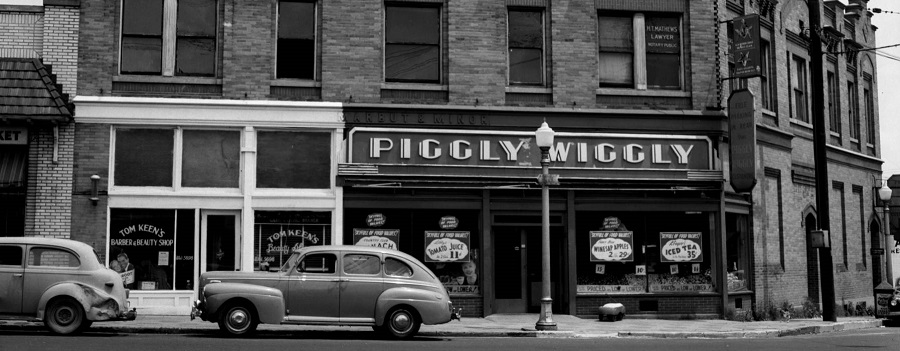
East Atlanta
Historic District Information Form authored and submitted by GSU Case Studies in Historic Preservation students, Spring 2017. Located partially in the City of Atlanta, DeKalb...
Read More
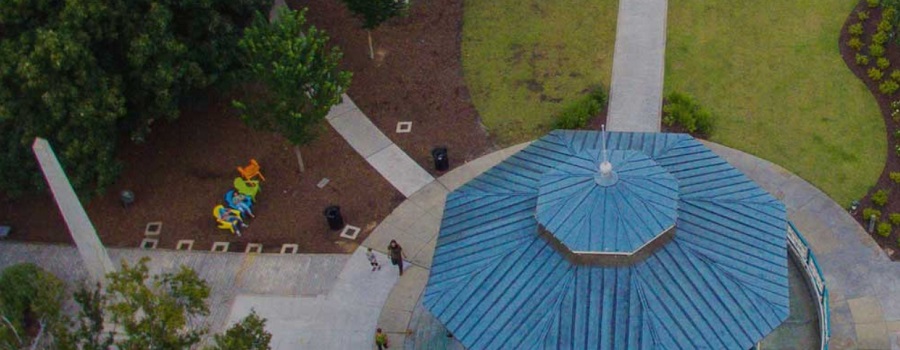
Decatur, GA
Design guidelines prepared by graduate students in the Preservation Planning Class of Georgia State University’s Heritage Preservation Program under the direction of Richard Laub and...
Read More
 Georgia State University Library
Georgia State University Library